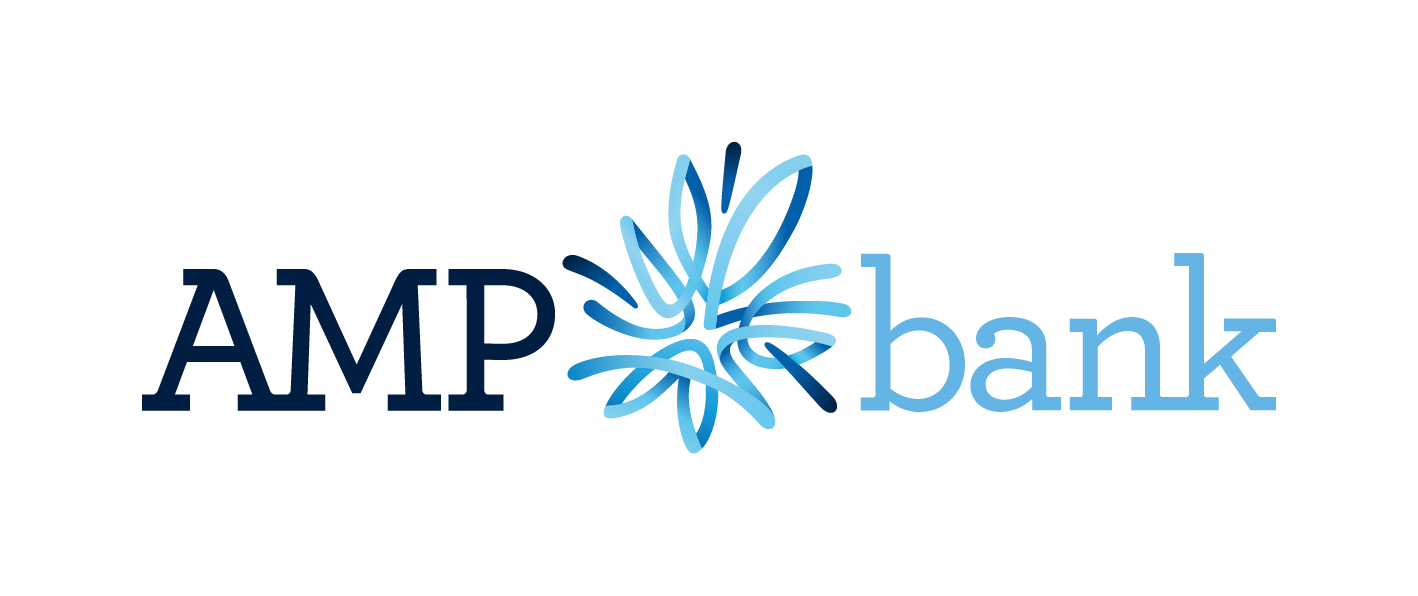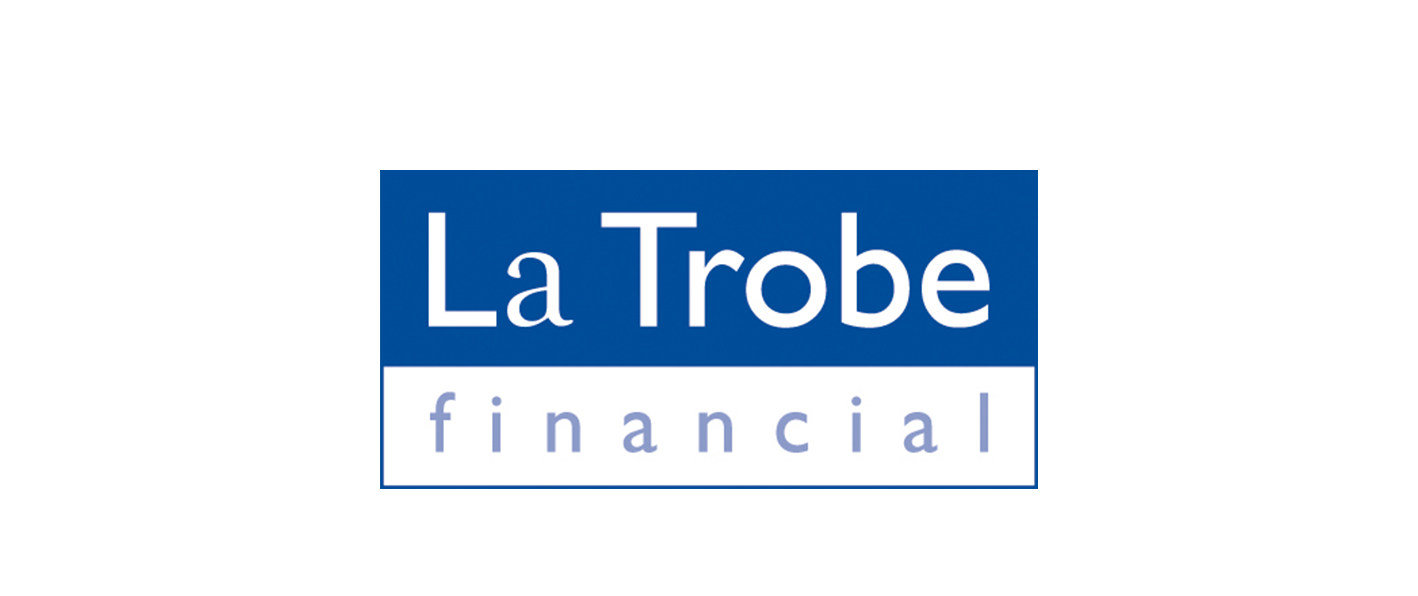What is a Self-managed Superannuation Fund Loan
A self-managed super fund loan or Limited Recourse Borrowing Arrangement (LRBA) allows you to leverage the funds in your self-managed super fund (SMSF) to purchase an investment property. A growing number of Australians are taking control of their retirement planning and switching to SMSFs to help meet their property investment goals.
These types of loans are subject to specific regulations and requirements to ensure compliance with superannuation laws. Here's how they work:
Establish an SMSF: To start, you need to establish an SMSF, a type of superannuation fund in which the members are also the trustees. SMSFs offer greater control over investment decisions, including the option to invest in property.
Trust Structure: When investing in property through an SMSF loan, a separate trust is set up to hold the property. This trust is referred to as the "bare trust" or "holding trust."
Loan Application: The SMSF applies for a limited recourse borrowing arrangement (LRBA) to purchase the property. LRBAs are structured so that the lender's recourse is limited to the property itself, protecting the other assets in the SMSF in case of default.
Security for the Loan: The purchased property serves as security for the loan. The lender has a legal interest in the property until the loan is repaid.
Loan Repayments: The SMSF is responsible for making loan repayments, including both principal and interest, from the SMSF's own funds. Rental income generated from the property can be used to cover these repayments.
SMSF Contributions: Members can make additional contributions to the SMSF to help cover loan repayments or other property-related expenses. However, contributions must stay within the annual contribution limits set by the Australian Taxation Office (ATO).
Property Management: The SMSF must follow strict rules regarding the use and management of the property. For example, the property cannot be used by members or their relatives for residential purposes.
Legal Ownership: The SMSF has beneficial ownership of the property, while the holding trust holds the property's legal title until the loan is repaid.
Taxation: Income generated from the property, including rent and capital gains, is generally taxed at concessional superannuation tax rates within the SMSF. However, there are specific rules and requirements related to taxation and compliance that must be followed.
Loan Repayment and Exit Strategy: The SMSF must have an exit strategy in place to repay the loan when it matures. This may involve using accumulated superannuation benefits, selling the property, or refinancing the loan.
It's crucial to note that SMSF loans are subject to strict regulatory requirements and compliance with superannuation laws. Failure to adhere to these rules can result in severe penalties, including the potential loss of the SMSF's concessional tax status. Therefore, it's recommended you seek professional advice from financial advisors, accountants, and legal experts experienced in SMSF lending and compliance before pursuing this investment strategy.

















